Syuhai (旭海) is a small hot spring and fishing village at the end of the road on the Pacific coast of Pingtung County. Just beyond lies a section of wild coastline stretching north to Taitung County, now designated as the Alangyi Historic Trail (阿塱壹古道). Hikers ply this route daily, leaving nothing but footprints, just as people have done here for centuries. Now protected as a nature reserve, this is a wonderful chance to see why this island earned itself the name of Formosa.
Our guided hike began at the trail’s south end in Syuhai. Stepping out onto the rocky beach, we were greeted with a big open sky, the sound of the crashing waves, the rattling of beach rocks being dragged down into the water by the retreating waves, and a long expanse of grey, green and blue ahead of us, unmarred by road, power line or structure. Just a few steps in, it already felt like we had left the civilized world behind.
After passing a checkpoint where our permits for the day were cross-checked against our IDs, we continued on. The area around the trail is now protected as the Xuhai-Guanyinbi Nature Reserve, so all visitors to this trail require a difficult-to-obtain permit (more on that later) and must be accompanied by a guide. This is a fairly recent development in the long history of this trail.
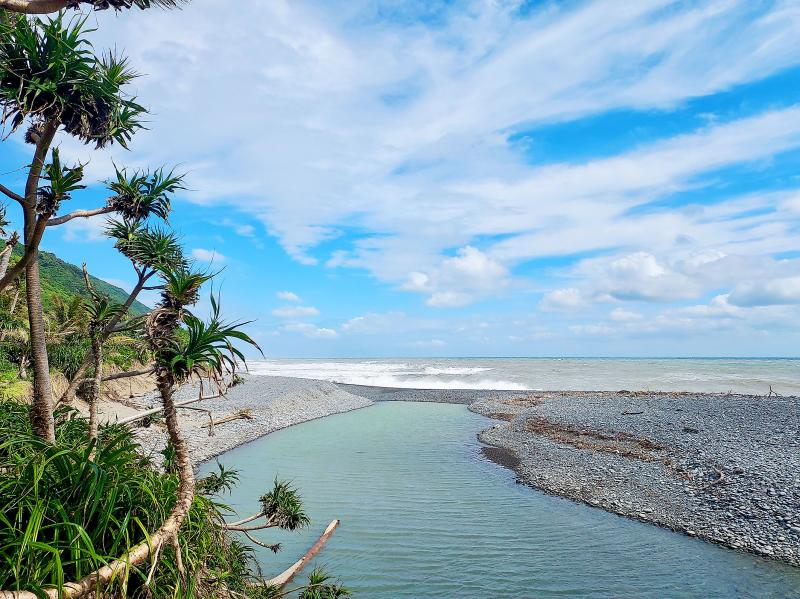
Photo: Tyler Cottenie
LONG HISTORY OF HUMAN USE
Before the reserve was established in 2012, the coastline was uncontrolled and tourists were free to explore it on their own terms. In fact, there has been foot traffic here for centuries. The Alangyi is actually just a small section of a longer historical trail, the Langciao–Beinan Trail (琅嶠–卑南道). Those who have seen the recent Netflix special Seqalu: Formosa 1867 will recognize the name Langciao, which is an older name for the Hengchun area.
The Langciao–Beinan Trail was a route used by outsiders to reach the east coast as early as the Dutch era. Hopeful Dutch gold miners had heard tales of a golden river on the east coast and enlisted the help of Langciao Aboriginals to guide them. This expedition passed along today’s Alangyi Historic Trail on their way up the east coast in a years-long venture that would eventually prove fruitless. But with that, the trail had entered the historical record.
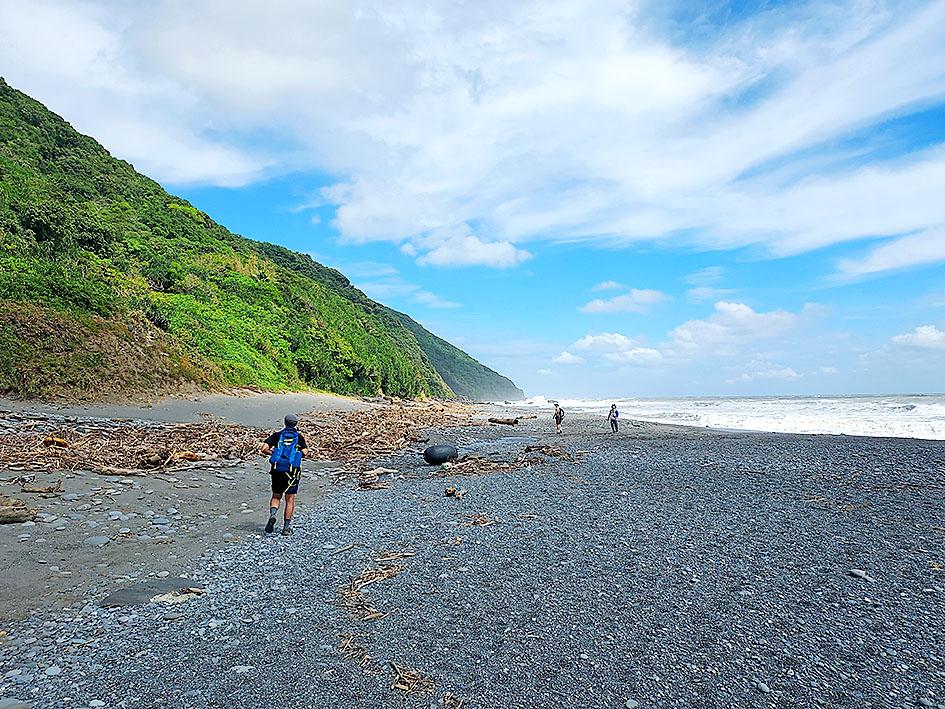
Photo: Tyler Cottenie
The “trail” itself is mostly unimproved coastline with no sign of maintenance or conscious design. We walked mostly on the loose beach rocks, with unobstructed views of miles of coastline, towering green hills on one side and the mighty Pacific on the other. The trail occasionally entered the adjacent screwpine, and one seasonal stream was full of water thanks to recent rains, requiring an easy knee-deep fording. Winter is the ideal time to visit the trail, when even sunny days are tempered by the ocean breeze.
The Alangyi is one of the few sections of unimproved coastline remaining on the island of Taiwan, though it nearly had a different fate. Provincial Highway 26 already winds along the coast of much of the Hengchun Peninsula and was originally meant to continue along the coast to Taitung. The final section in Taitung County is already completed, as is a section south of Syuhai, but there are two gaps remaining in this road.
One of these is the Alangyi Historic Trail, and after much lobbying from environmentalist groups, it was decided in 2012 to establish a nature reserve here and cancel the plan to complete Highway 26. For now, visitors are still able to see this piece of the island much the same as it was centuries ago.

Photo: Tyler Cottenie
The Dutch gold miners originally tried reaching Beinan by ship, but were discouraged by poor weather and the strong Kuroshio Current off Taiwan’s east coast, forcing them to attempt a land crossing. Today, this current brings objects from far away and dumps them on the beaches here. Most of this is, unfortunately, plastic trash and fishing tackle, not exactly in line with the goal of a nature reserve. For tourists, it detracts somewhat from the view, but a game can be made of trying to identify where some of these items originated.
Our guide also pointed out some pumice stones on the beach, which are likely not of local origin. The gases trapped inside the pumice made it buoyant, allowing it to float to Taiwan after formation in a volcanic eruption elsewhere.
CLIMBING OVER THE CAPE
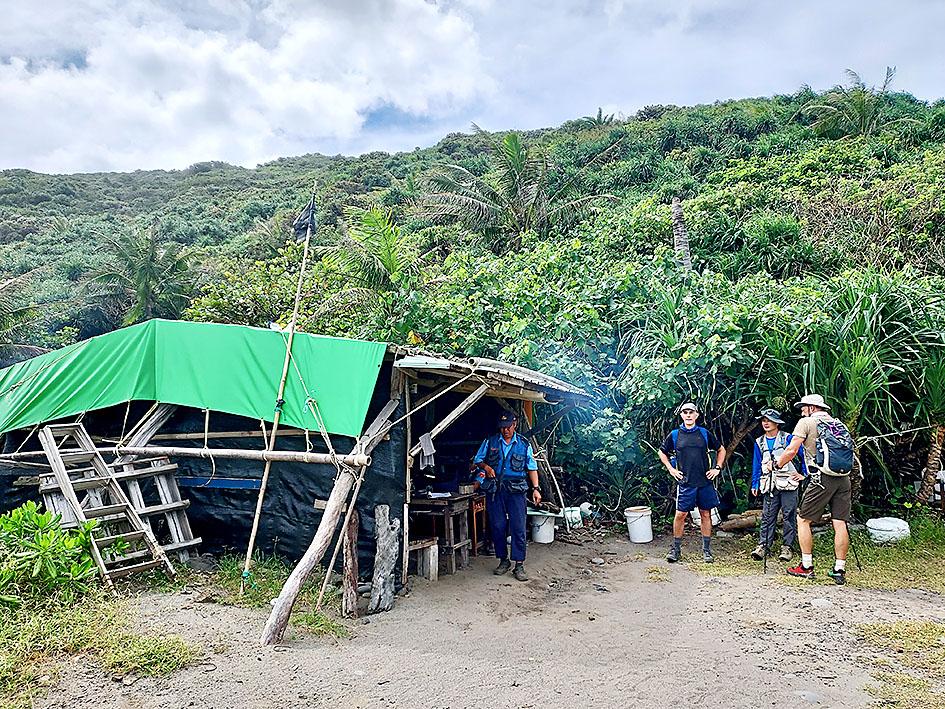
Photo: Tyler Cottenie
The trail eventually approaches a headland known locally as Cape Guanyin (觀音鼻). There is no beach on which to walk to skirt this landform: the rock drops steeply straight into the sea. The trail avoids this obstacle by climbing up the adjacent hill, traversing for a while, and then descending to the beach again on the far side of Cape Guanyin.
This is the only strenuous part of the hike, as the climb is rather steep. However, the views of the ocean from the top are the highlight of the trip for many. The end of the trail and the populated coastline beyond can be seen from here, and on sunny days, the turquoise Pacific waters are a gorgeous sight. This is a great place to stop and rest for a while as you soak in the scenery and fresh air.
After descending to the beach, another 10 minutes of walking brought us to the north checkpoint, where our names were again checked against the official list for the day. The Pingtung County Government is quite serious about controlling traffic on this trail: not only does it have guards stationed at checkpoints on both ends, but the fine for being caught here without a permit (and guide) is between NT$30,000 and NT$150,000.
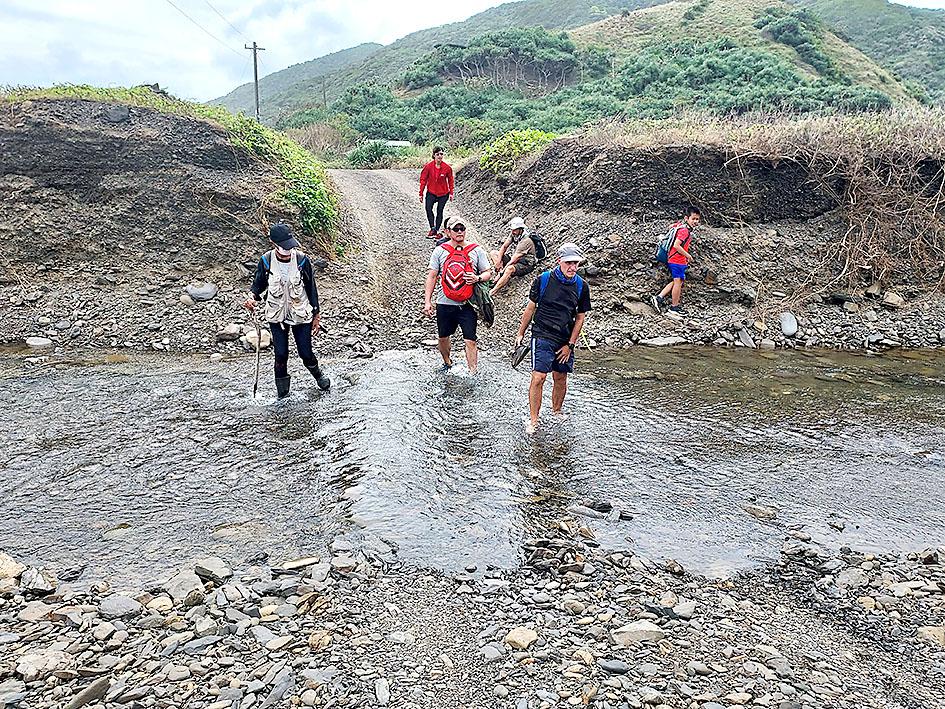
Photo: Tyler Cottenie
After the checkpoint there is a short section of farm road to walk and a small river to ford (marking the Pingtung-Taitung boundary) before arriving at the north parking lot, where Provincial Highway 26 starts up again. This highway continues up to the village of Anshuo (安朔村). The traditional land of the Aboriginal residents here includes the territory of today’s Alangyi Historic Trail. In fact, the modern name for this section of trail comes from this village’s traditional Paiwan name: Aljungic.
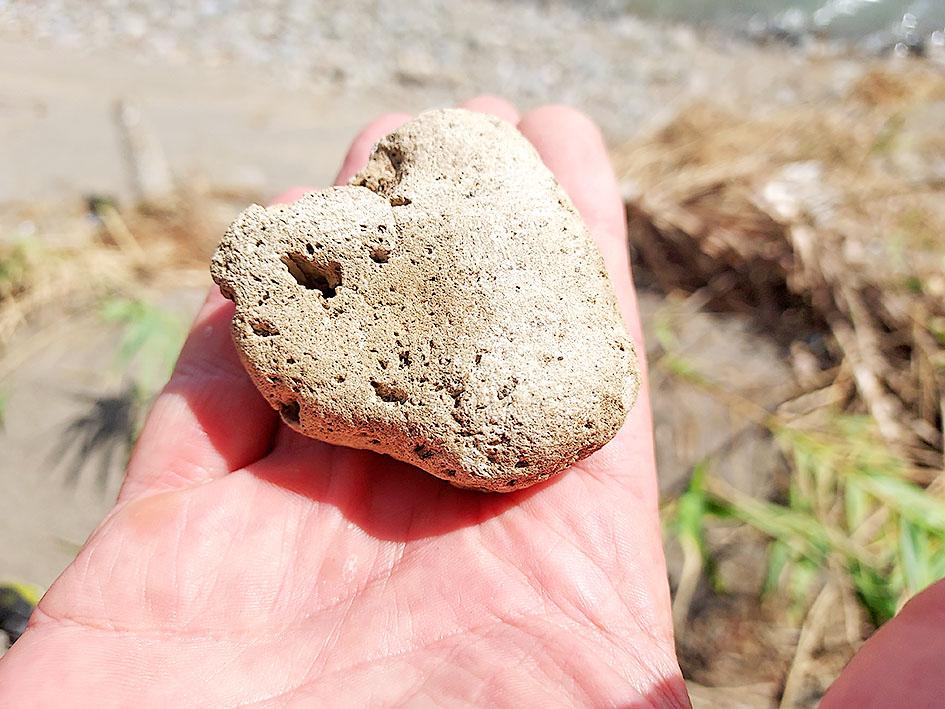
Photo: Tyler Cottenie
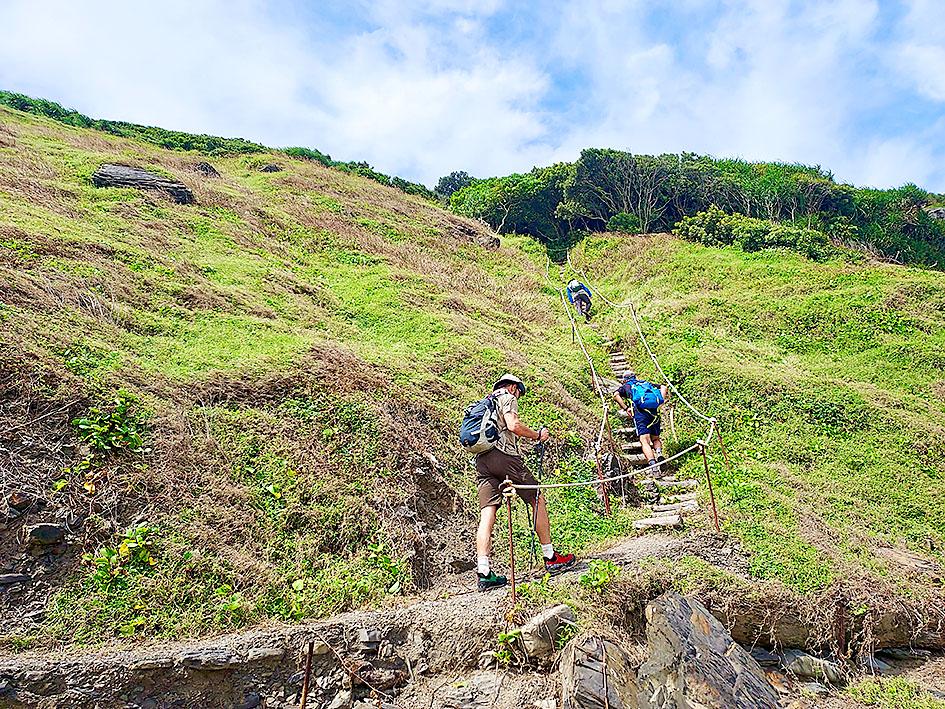
Photo: Tyler Cottenie

No one saw it coming. Everyone — including the Chinese Nationalist Party (KMT) — expected at least some of the recall campaigns against 24 of its lawmakers and Hsinchu Mayor Ann Kao (高虹安) to succeed. Underground gamblers reportedly expected between five and eight lawmakers to lose their jobs. All of this analysis made sense, but contained a fatal flaw. The record of the recall campaigns, the collapse of the KMT-led recalls, and polling data all pointed to enthusiastic high turnout in support of the recall campaigns, and that those against the recalls were unenthusiastic and far less likely to vote. That

Behind a car repair business on a nondescript Thai street are the cherished pets of a rising TikTok animal influencer: two lions and a 200-kilogram lion-tiger hybrid called “Big George.” Lion ownership is legal in Thailand, and Tharnuwarht Plengkemratch is an enthusiastic advocate, posting updates on his feline companions to nearly three million followers. “They’re playful and affectionate, just like dogs or cats,” he said from inside their cage complex at his home in the northern city of Chiang Mai. Thailand’s captive lion population has exploded in recent years, with nearly 500 registered in zoos, breeding farms, petting cafes and homes. Experts warn the

A couple of weeks ago the parties aligned with the People’s Republic of China (PRC), the Chinese Nationalist Party (KMT) and the Taiwan People’s Party (TPP), voted in the legislature to eliminate the subsidy that enables Taiwan Power Co (Taipower) to keep up with its burgeoning debt, and instead pay for universal cash handouts worth NT$10,000. The subsidy would have been NT$100 billion, while the cash handout had a budget of NT$235 billion. The bill mandates that the cash payments must be completed by Oct. 31 of this year. The changes were part of the overall NT$545 billion budget approved

The unexpected collapse of the recall campaigns is being viewed through many lenses, most of them skewed and self-absorbed. The international media unsurprisingly focuses on what they perceive as the message that Taiwanese voters were sending in the failure of the mass recall, especially to China, the US and to friendly Western nations. This made some sense prior to early last month. One of the main arguments used by recall campaigners for recalling Chinese Nationalist Party (KMT) lawmakers was that they were too pro-China, and by extension not to be trusted with defending the nation. Also by extension, that argument could be